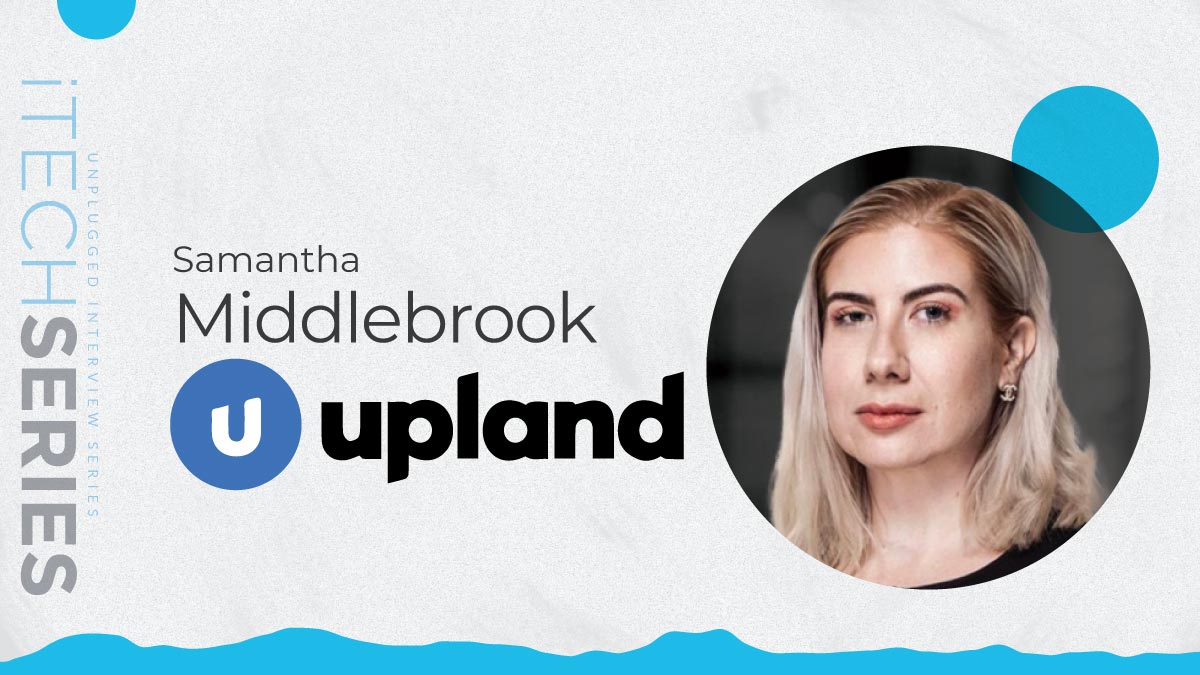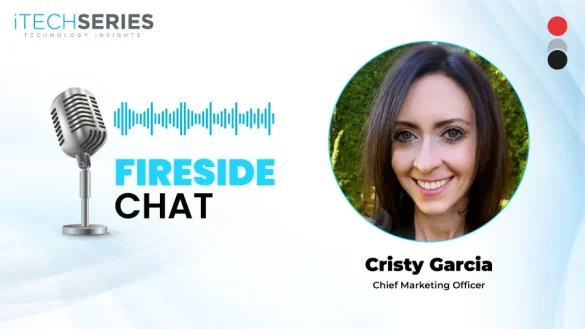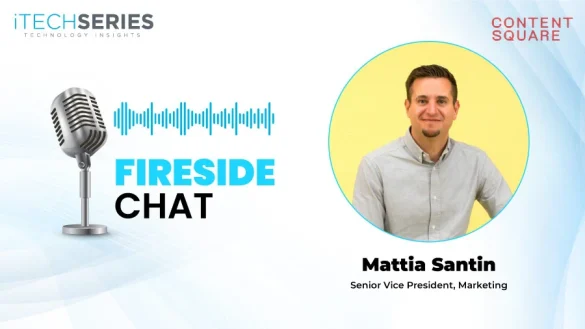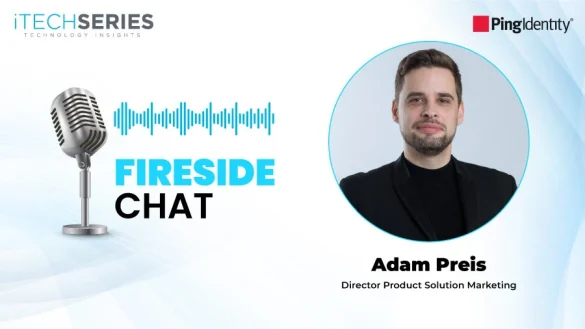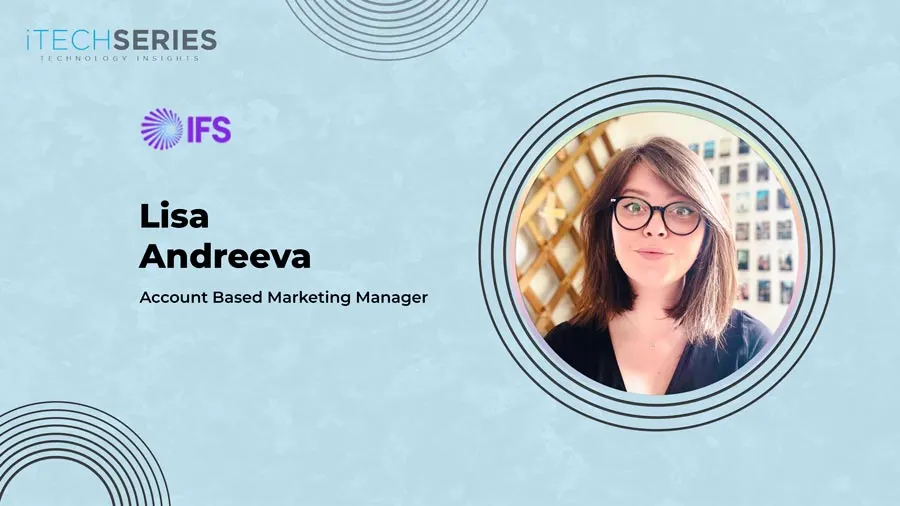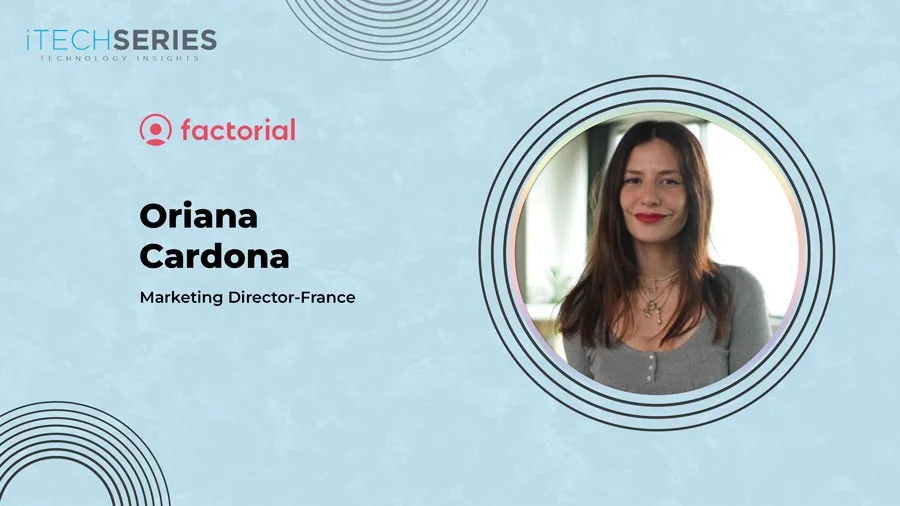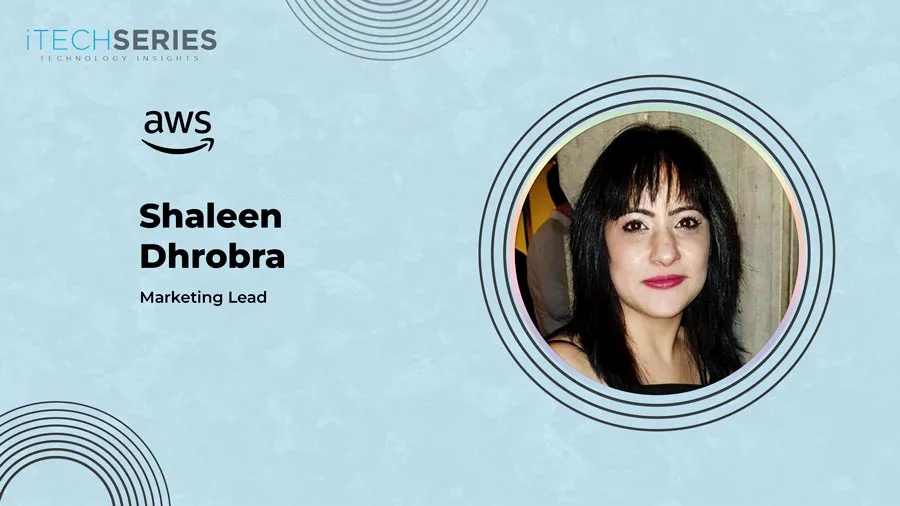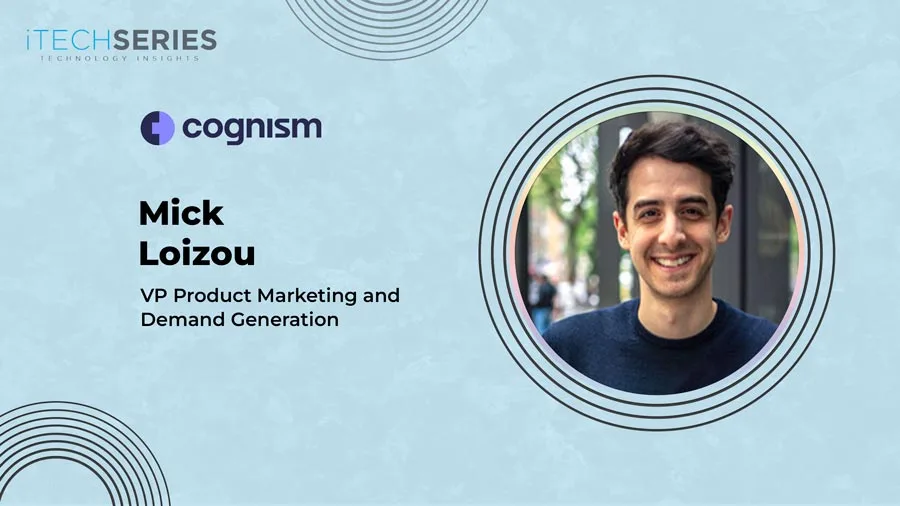Samantha Middlebrook, Vice President of Product Strategy and Product Marketing at Upland Software, speaks with iTech Series about the significance of go-to-market strategy and messaging.
Welcome Samantha! We’re thrilled to have you join our interview series. To kick things off, could you tell us a bit about your career journey and your current role at Upland Software?
Thank you for having me! I’m thrilled to be interviewed here. As the Vice President of Product Strategy and Product Marketing at Upland Software, I lead the charge in driving innovation across our knowledge management and contact center portfolio. I am fortunate to oversee five of Upland’s best-of-breed products. With a dynamic team of talented individuals spread across the globe, including product marketers, managers, owners, document writers, and designers, we are dedicated to delivering impactful solutions that not only meet but exceed our customers’ expectations.
My journey began in the heart of the contact center industry, where I gained invaluable insights into the intricacies of customer interactions, working on the frontline, and taking phone calls. Transitioning into strategic consulting, I focused on dissecting customer journeys across a myriad of sectors, from banking to healthcare and utilities. From there, I designed multi-year strategies across people, processes, and technology to ensure organizations’ growth was future-proof. Eventually, I found my passion in the tech industry, where I now leverage my expertise to bridge the gap between complex technology and the needs of our business users. I think of myself as a tech translator. What I love about tech is that all of those amazing ideas that I scribble on a whiteboard as a consultant come to life through the talent of the development teams.
Could you discuss Upland Software’s approach to product positioning and messaging in the market? How do you ensure that your go-to-market messaging resonates with target audiences and effectively communicates the value proposition of your products?
Absolutely. I’m incredibly proud of our approach to crafting messaging and bringing our products to market. At Upland Software, our customers are at the heart of every decision we make. As product marketers and managers, it’s our responsibility to deeply understand who we’re designing our products for. Our team conducts extensive persona research, giving a face and name to the individual users of our products. For example, our end user persona, Carly, a contact center agent navigating a new role with just a few months under her belt. Understanding Carly’s challenges helps us make her life easier through our products. Once we’ve identified the ‘who,’ we focus on the ‘what.’ What problem are we solving? We’re adamant about not building technology just for the sake of it. We want to address real pain points. So, we clarify in clear terms how our product works and why it matters.
This is where ‘how’ and ‘why’ come into play. We break down the intricacies of our solutions, explaining how they seamlessly integrate into our users’ workflows. We highlight the specific features and functionalities that directly address the pain points identified during our research phase. We emphasize the ‘why’ behind our products. We articulate the tangible benefits and outcomes that our users can expect. Whether it’s increasing efficiency, improving customer satisfaction, or driving revenue growth, we ensure that our messaging communicates the value proposition of our products. Understanding the ‘who,’ ‘what,’ ‘why,’ and ‘how’ allows us to craft messaging that directly addresses the buyer’s needs. We steer clear of overwhelming them with a laundry list of features. Instead, we communicate how our solutions directly address their business problems. Ultimately, our goal is to ensure our go-to-market messaging cuts through the noise and speaks directly to the needs of our target audience, showcasing the tangible value our products bring to their operations.
We would love to know, what emerging trends or shifts in customer behavior you think are influencing GTM effectiveness, and how you adapt to these developments.
Generative AI has become the focus of many conversations, dominating the software landscape for the past 18 months. What used to be a mere buzz term has now become the linchpin of countless discussions across the entire buying journey. I’d say about 95% of my time is spent delving into the realm of AI, whether it’s educating executives from our customer base, engaging with prospects, or collaborating with analysts. In these AI conversations, we’ve noticed a clear divide among organizations. On one side, some approach AI with caution, seeking to understand the basics and evaluate the potential risks and impacts on their business. On the other side, there are those charging full steam ahead, eager to integrate AI into their strategies and ensure our solutions align seamlessly with their plans. From a go-to-market perspective, our focus has shifted towards positioning ourselves as trusted partners in our customers’ AI journeys. It’s not just about selling software; it’s about guiding and supporting our customers every step of the way as they navigate the AI revolution. That’s why we’ve introduced initiatives like our five-point AI charter, which underscores our commitment to responsible AI practices and the importance of maintaining a human-in-the-loop approach.
For organizations grappling with the challenges of shaping a robust AI strategy, the pressure is real. They’re turning to vendors like us for education and guidance on what steps to take next. As market leaders, it’s our duty not only to educate but to actively collaborate with our customers, ensuring they’re equipped to embrace the transformative power of AI effectively. In essence, our ability to adapt to emerging trends and evolving customer behaviors hinges on our commitment to being more than just a software provider. We’re partners in progress, guiding our customers toward AI-powered success every step of the way.
“Our goal is to ensure our go-to-market messaging cuts through the noise and speaks directly to the needs of our target audience, showcasing the tangible value our products bring to their operations.”
As a leader, what is the biggest challenge in keeping the team members motivated?
In the fast-paced world of software, where innovation is the name of the game, staying motivated amidst the whirlwind of challenges can be tough. With competitors cropping up seemingly overnight, sales to close, and teams to support, it’s easy to get caught up in the frenzy. Amidst the chaos, the biggest challenge I still find lies in celebrating our victories. It’s about hitting the pause button, catching our breath, and reveling in our successes. We’ve been pioneers, trailblazing in introducing generative AI in the knowledge management space. That’s no small feat, yet it’s all too easy to forget amidst the daily grind.
That’s why we’ve instituted practices like our weekly “loved and learned,” where we reflect on what went well and what we’ve learned. Understanding the unique strengths of each team member is key. Through insightful personality assessments, we’ve uncovered a wealth of talent within our ranks, from competitive intelligence wizards to design extraordinaires and tech-savvy product enthusiasts. It’s this diversity of expertise that fuels our motivation from within.
With over 25 team members spanning eight cities and multiple time zones, fostering a sense of unity and shared growth is the secret to success. By harnessing the strengths of everyone and fostering a culture of connection, learning, and collaboration, we can find calm in the chaos.
As a product marketing leader, how do you view the state of go-to-market in 2024-25?
In three words: fast, personalized, and strategic. The speed of change within the software industry is unprecedented. Product marketers must be agile, staying ahead of industry trends, technology shifts, and competitive launches to ensure our products reach the market swiftly and effectively. Personalization is paramount. Understanding the unique needs and pain points of our target audience allows us to tailor our messaging for maximum impact. As new roles and budgets emerge within organizations daily, staying attuned to these changes is crucial for relevance and resonance. Strategic thinking is the cornerstone of our approach. From crafting educational content to demonstrating thought leadership and delivering tactical messaging, our strategy must be comprehensive and aligned with the needs of decision-makers.
Upland Software Inc. enables global businesses to work smarter with over 25 proven cloud software products that increase revenue, reduce costs, and deliver immediate value. Our solutions cover digital marketing, knowledge management, contact center service, sales productivity, content lifecycle automation, and more. Upland’s powerful cloud products are trusted by more than 10,000 global customers.
Samantha is Vice President of Product Strategy and Product Marketing at Upland Software. With over 9 years of experience in cloud-based enterprise software, she has a proven track record of developing and marketing products that deliver value, enhance customer and employee experience, and drive digital transformation.

